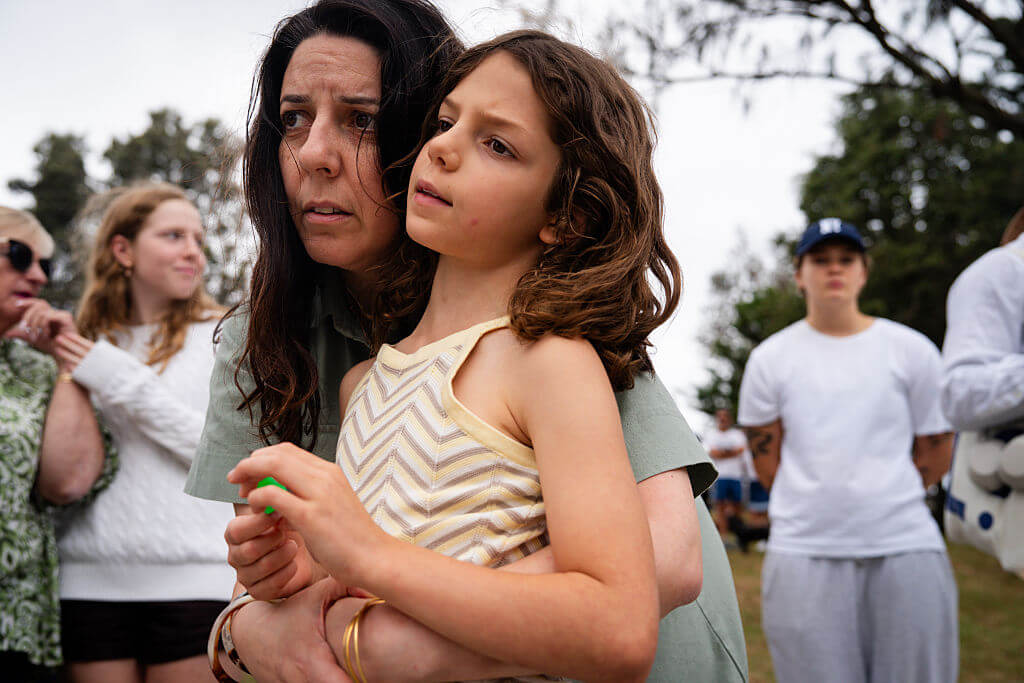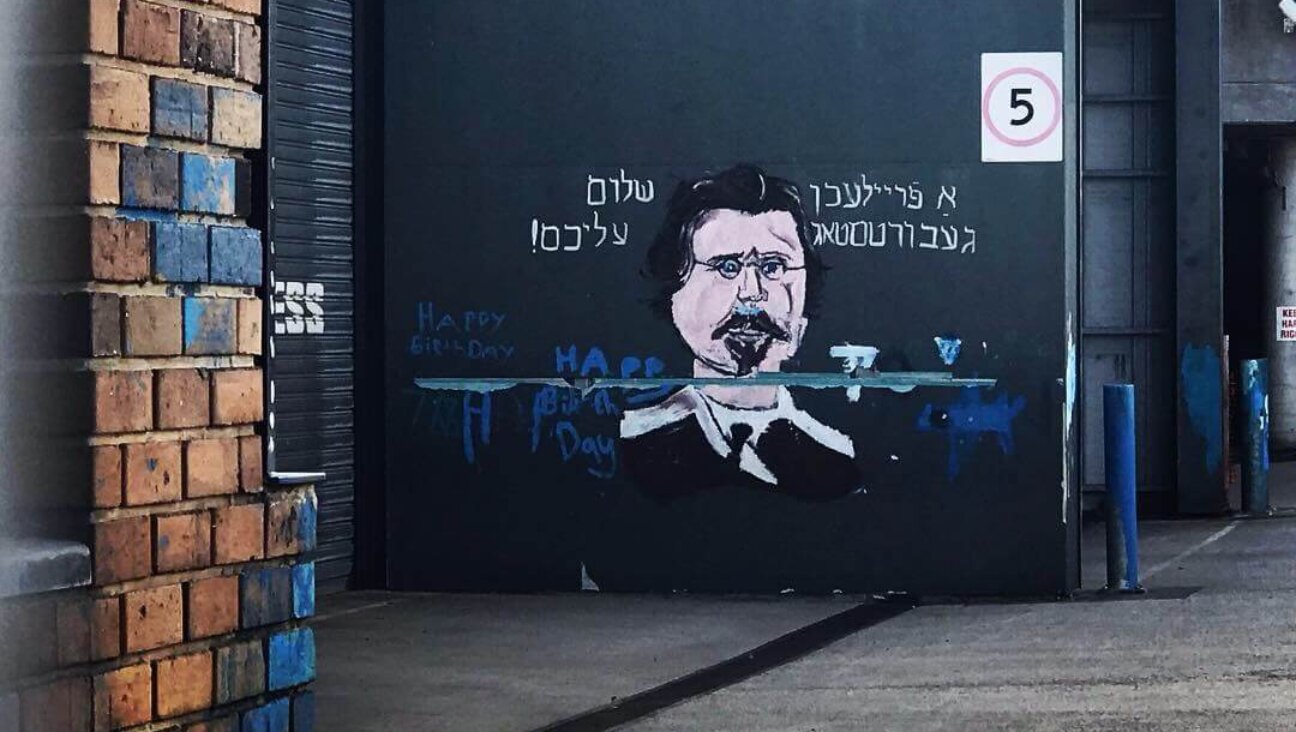Hovering Between the Fantastic and the Mundane
Any writer concerned with the direction of language understands well that the future of a language — especially one with such a spectacular and contested history as Hebrew — rests in the minds of its youngest speakers. David Grossman, one of Israel’s most highly respected writers, has created perhaps the sturdiest and most convincing young characters in contemporary Hebrew literature. In the first chapter of his wildly expansive and richly difficult 1989 novel, “See Under: Love,” he captured in precise and at times heartbreaking detail the psyche of a young boy struggling in the face of his parents’ silence to understand their life “over there” as prisoners of the “Nazi beast.” His latest novel documents, with affecting precision, the whimsy and melodrama of adolescent romance.
In “Someone to Run With,” Grossman enters the minds of two 16-year-old high school students on summer vacation without their parents. It is a classic premise of many a teen thriller, but with a different twist. Equal parts fairy tale, chivalric romance and Dickensian urban realism — all interpreted through the prism of modern-day Jerusalem — Grossman’s newest novel hovers between the fantastic and the mundane, between adolescence and adulthood.
Two simple facts represent the conceit of the entire story: “A dog runs through the street. A boy runs after it.” Assaf, the boy running, has been given a summer job working for the Jerusalem city hall. His boss summons him to the city kennel and introduces him to an overexcited and alert dog. He commands Assaf to find the dog’s owner, return the animal and collect the municipal fine. How is he to locate this owner? Simple, scoffs the boss, just follow the dog. Jerusalem may have become a modern city, but for many of its Jewish residents, it still retains the fantasy of small-town European Jewish life: a shtetl in the Middle East.
Grossman’s Jerusalem is the secular world of downtown streets and pedestrian walkways, dotted with familiar cafes and small shops. The Old City remains safely ensconced behind its walls. The dog drags Assaf through this narrow urban landscape, leading him from clue to clue: a pizza parlor, an elderly Greek nun imprisoned in a tower, a recovered drug addict, now a restaurant owner, and finally to the dog’s owner, a 16-year-old girl named Tamar.
Tamar, Assaf learns, is in trouble. We see her deposit a backpack containing her diaries and clothing at the central bus station, shave off her hair and change into a pair of ratty overalls. She is going underground into the world of Jerusalem street kids in hopes of infiltrating a family of hoodlums. These criminals lure runaways with drugs and the promise of a home, putting them to work as street performers across the country as part of a grand pickpocketing scheme. Tamar, we finally learn, has set out to rescue a childhood friend who got caught up in the web of narcotics and villainy.
The novel is fast-paced and fun, engrossing for both teenagers and adults. Grossman poignantly describes the classic melodrama of adolescence, its torments and betrayals. Both Assaf and Tamar are struggling with the cruelty of their peers, both betrayed by their trusted friends. For Assaf, this is both a coming-of-age story and a romance. Like an Israeli Lancelot, he trails after this unknown woman on a path littered with undecipherable clues and seemingly insurmountable obstacles. He is, in senses both literal and figurative, on his way to manhood.
We learn about Tamar most convincingly from her diary entries, which read true to anyone familiar with the genre. Tamar’s keen eye recognizes the masks her peers have begun to sport and chronicles the weight of adult sadness in the betrayals of adolescence. As her journals progress, she shifts into third person. If Assaf’s quest is romantic, Tamar’s is literary, and her rite of passage is through a diary written in the form of a novel.
The Israel where this story takes place is a fairy-tale land; there are no threats of terrorism, no military conscription and almost no hint of current events. There is only the sparest allusion to the city’s eastern half and its non-Jewish population. “Someone to Run With” is not only a story of adolescence, it is also a tale about escape — escape from evil villains, from families, from dark pasts and, finally, from history. Indeed, the most compelling and imaginative character, a Greek Orthodox nun named Theodora, is safely inoculated against contemporary Israel. Dispatched to Jerusalem from her native Greek island, Lyxos, at the age of 12, she watches over a residence for its pilgrims to Jerusalem. She has never set foot on a modern Israeli street, has never seen an army checkpoint or a new shopping mall, and she still speaks the antiquated Hebrew she learned upon her arrival. She remains in her tower decades after she learns that her island’s entire population has been swallowed up by the sea in the course of a terrible earthquake.
Theodora is a memorial to a world that has been destroyed. She has become the caretaker of its memories, of its stories. Her only connections to the world outside are the stories Tamar and Assaf recount to her. “We have nothing more important than these small things, these trifles of ours,” Theodora notes. Buried within this story of teenage love and redemption is a doctrine of storytelling, a belief that beneath the contested history of a biblical land lies a treasure-trove of stories, and that if only we could read them or have them told to us, we would understand something much deeper about its history and the struggles of its people. Theodora, finally, is an attempt to imagine a Jerusalem unfettered by the weight of modern history. But in the end, Theodora finally steps out from her tower, leaving us to imagine what she discovers about the Jerusalem that Grossman so desperately wanted to protect her from.
Allison Schachter is a graduate student in the department of comparative literature at the University of California, Berkeley.
















